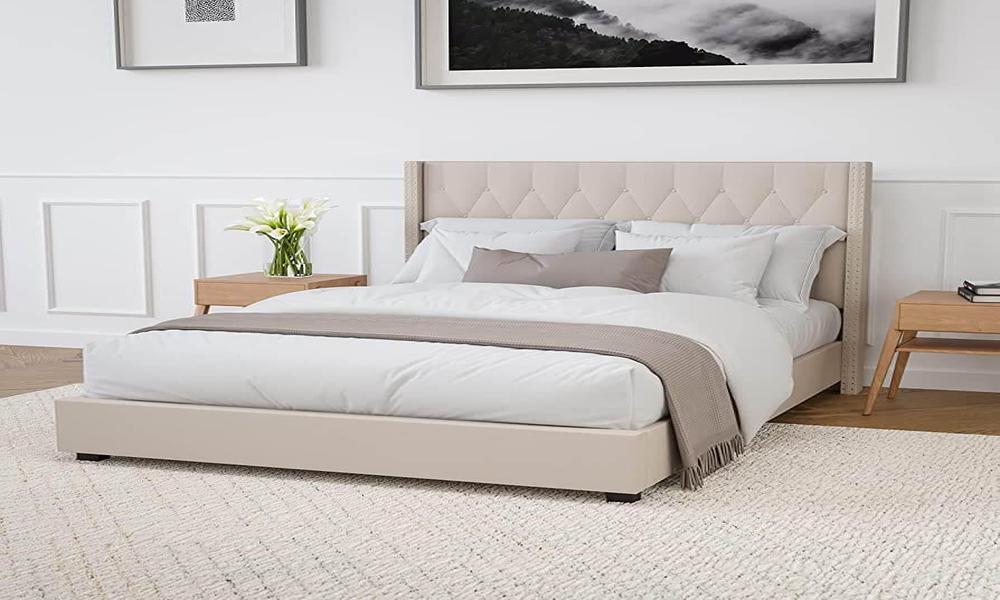Picture this: You’ve just walked into a new store, cafe, or office. The lighting is perfect, the furniture is inviting, and the layout makes you feel instantly comfortable. You don’t even have to think about it — everything just works.
That, my friend, is the magic of commercial interior design. It’s not just about arranging furniture or choosing the right colors. It’s about crafting an experience that delights customers and keeps them coming back for more.
In this post, we’ll dive into how commercial interior design plays a key role in enhancing customer experience, and why getting it right could be the game-changer your business needs.
Step 1: First Impressions Matter More Than You Think
They say you never get a second chance to make a good first impression, and nowhere is this more true than in the world of commercial interior design.
When customers walk into your space, the design hits them instantly. It’s the first thing they experience, and it sets the tone for the rest of their visit. Is the space welcoming? Is it easy to navigate? Does it make them feel comfortable?
For example, retail spaces with open layouts, bright lighting, and cozy corners naturally invite customers to linger longer. Conversely, a cluttered, dark, or confusing space can quickly drive people out. When done right, commercial interior design creates an environment that makes people feel good and at ease, turning casual visitors into loyal customers.
Step 2: Aesthetic Appeal – Creating a Memorable Atmosphere
We all know that looks matter. When it comes to commercial interior design, the aesthetic appeal of your space is what makes customers want to engage with it. It’s the first layer of the customer experience, and it matters more than you might think.
A well-designed space does more than just look pretty. It tells a story about your brand, which is why aligning design with brand identity is crucial. Think about your favorite coffee shop — the cozy, rustic vibe, the carefully chosen artwork on the walls, and the comfortable seating. It’s all part of the experience, and it reinforces the brand’s identity.
For commercial spaces like restaurants or retail stores, the design should be an extension of your brand values. For example, a modern, minimalist design works perfectly for a high-end tech company, while a vintage, quirky aesthetic might suit a fun, local bookstore.
Your space is a physical manifestation of what your brand stands for, and if it’s done right, customers will immediately feel the connection.
Step 3: Flow and Function – Making Your Space Work for Customers
While aesthetics are important, functionality should never take a backseat. Commercial interior design is all about striking the right balance between beauty and function. The layout of your space can significantly affect the overall experience, and poor flow can ruin even the most beautiful design.
Customers don’t want to spend time figuring out where to go next or how to navigate a space. That’s why a good layout is crucial. For instance, retail stores should be laid out in a way that invites customers to explore, while restaurants should focus on creating an easy flow between dining areas, kitchens, and bathrooms.
In a modern office, the layout should encourage collaboration, but also offer quiet spaces for focus. Think about ergonomic furniture, clear pathways, and easy access to key areas like the reception, lounge, or conference rooms.
Your customers shouldn’t have to think about how to get to the counter or where the checkout is. It should feel intuitive, so they can focus on enjoying their experience instead of navigating the space.
Step 4: The Power of Comfort – Designing Spaces People Want to Stay In
Let’s face it — nobody wants to spend time in an uncomfortable environment. The comfort of your commercial space has a huge impact on the customer experience. If people don’t feel comfortable, they’re likely to leave sooner than you’d like.
It’s all in the details. Comfortable seating encourages customers to stay longer and relax. Whether it’s plush sofas in a café or ergonomic chairs in a co-working space, good furniture design is a must.
But comfort goes beyond just seating. Lighting plays a key role too — too bright and you’ll feel like you’re in a hospital; too dim and people won’t be able to see your products. The right lighting design sets the mood and creates a welcoming atmosphere. Warm lighting is perfect for creating a cozy vibe, while cool lighting can energize and focus people in more modern or professional settings.
Don’t forget about temperature either. A place that’s too hot or too cold can drive customers away. Make sure your commercial space is comfortable year-round to keep people coming back.
Step 5: Creating Emotional Connections Through Design
This is where commercial interior design really shines. A well-designed space does more than just meet practical needs; it connects with customers emotionally. A space that feels good to be in will make people want to return, and not just for the services or products you offer, but because they feel good in your space.
Think about the last time you walked into a well-designed store or café. Did it make you feel energized? Relaxed? Inspired? That’s the power of emotional design. Creating an environment that stimulates positive emotions is key to improving the customer experience.
Design elements like color, texture, and visual cues can trigger emotional responses. For example, earthy tones might promote a sense of calm, while bold, contrasting colors can generate excitement. Even artwork or personalized touches can evoke positive memories, making customers feel like they’ve found a space that resonates with them personally.
Step 6: Adaptable Spaces – Meeting the Evolving Needs of Customers
Lastly, a great commercial space isn’t static; it’s adaptable. Customer needs are always evolving, and your space should be able to evolve with them.
Think about multi-purpose furniture, modular designs, and flexible layouts that allow your space to be reconfigured as needed. A commercial interior design firm can help create spaces that grow with your business or adjust to changing customer preferences.
For example, a restaurant might need extra seating during peak hours, or an office might need to switch between collaborative spaces and individual workstations. Flexibility in design allows your space to adapt, keeping the customer experience fresh and relevant.
Final Thoughts: Design with Purpose, Function, and Emotion
In the world of commercial interior design, every detail counts. From creating a welcoming atmosphere to designing a functional space that enhances the customer journey, good design has the power to influence the way people interact with your business.
Remember: it’s not just about what your space looks like; it’s about how it makes people feel. Get the design right, and you’ll not only enhance customer experience but also build a loyal following that keeps coming back for more.
So, ready to transform your space? It’s time to partner with the best commercial interior design firms and start crafting the experience your customers will love.





